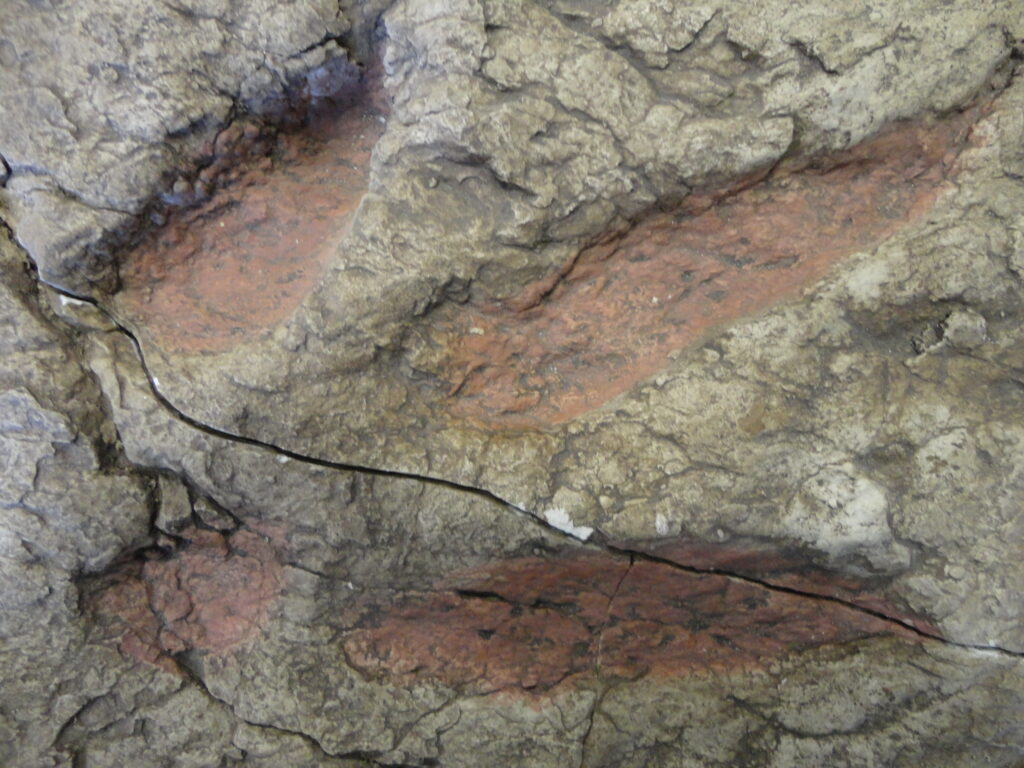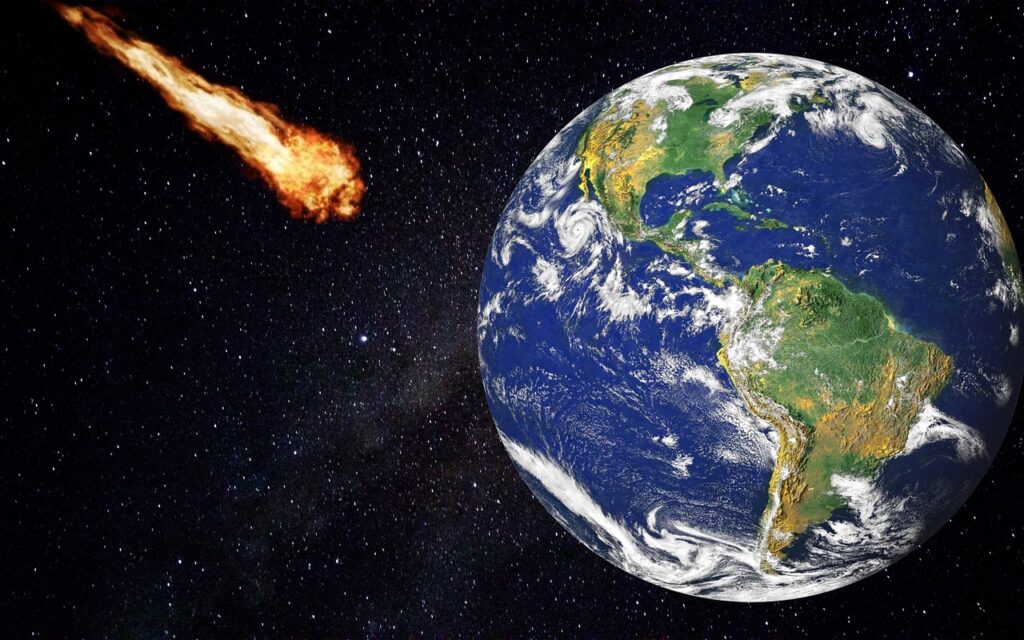Picture yourself walking along an ancient mudflat, feeling the squelch of sediment beneath your feet. Suddenly, dark clouds gather overhead and raindrops begin to fall. Little do you know that this very moment, this single step you’re taking, might be preserved for millions of years to come. This remarkable phenomenon has played out countless times throughout Earth’s history, creating some of the most extraordinary windows into prehistoric life that we possess today.
Your footprints might seem fleeting, but under the right conditions, they can become eternal messengers from the past. These fossilized trackways represent far more than simple impressions in stone. They capture split-second moments of ancient behavior, revealing secrets about how creatures moved, hunted, and lived in worlds vastly different from our own.
When Ancient Worlds Turned to Stone
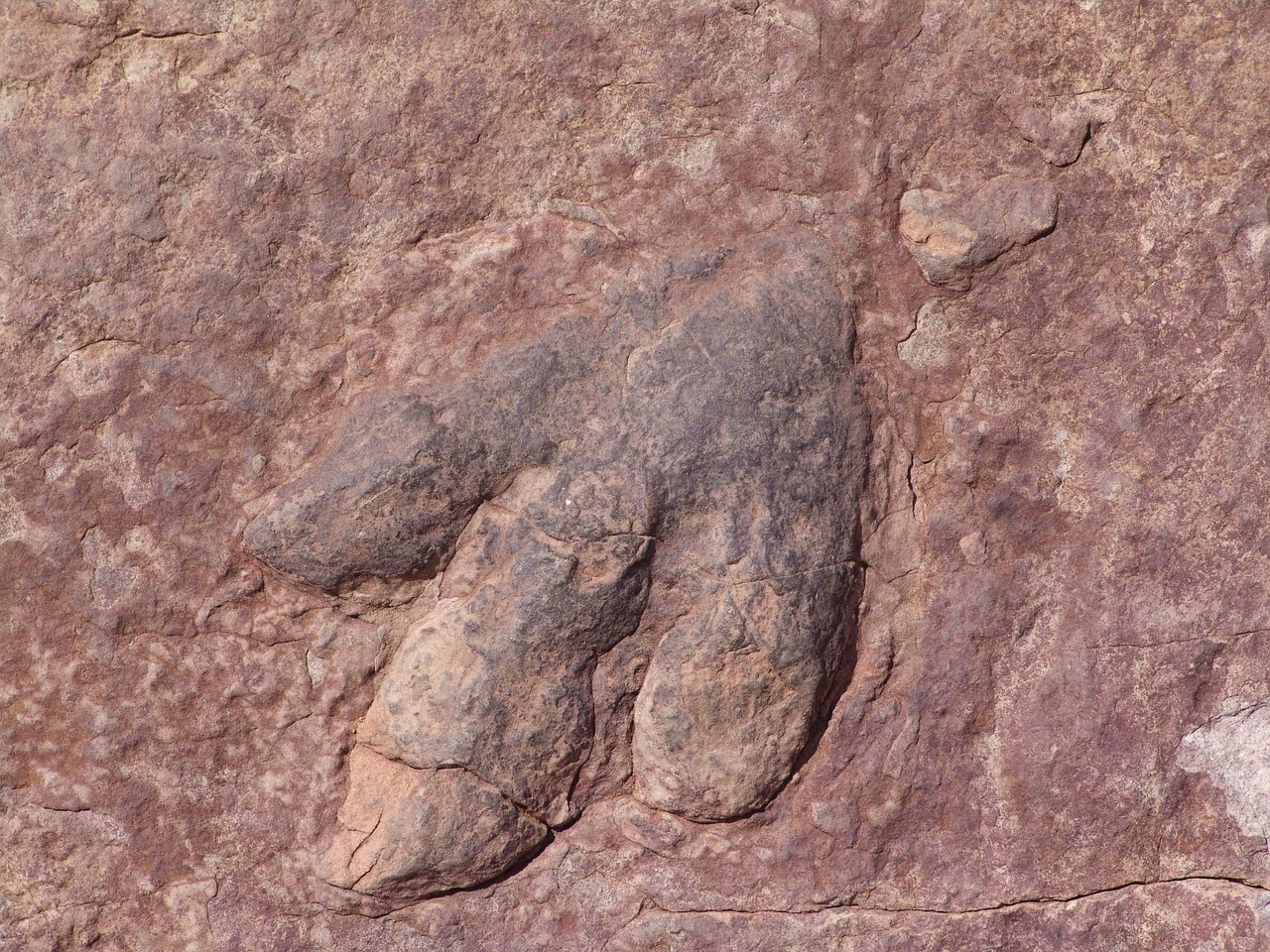
The process that transforms a simple footprint into a lasting fossil record is nothing short of miraculous. Unlike bones, which needed to be covered quickly once a dinosaur died to preserve as much of the animal as possible, tracks first needed to be baked hard by the Sun. This would have taken anywhere from days to months depending on the conditions. Only then would a layer of mud, ash or similar help to preserve the tracks.
It is important to remember that footprints are fossilized under special conditions. Because most tracks are made in wet sediment, they are often preserved near bodies of water or in areas with shallow water, such as lakebeds. Picture these ancient environments as nature’s perfect preservation chambers, where timing and conditions had to align with extraordinary precision.
The Perfect Storm for Preservation
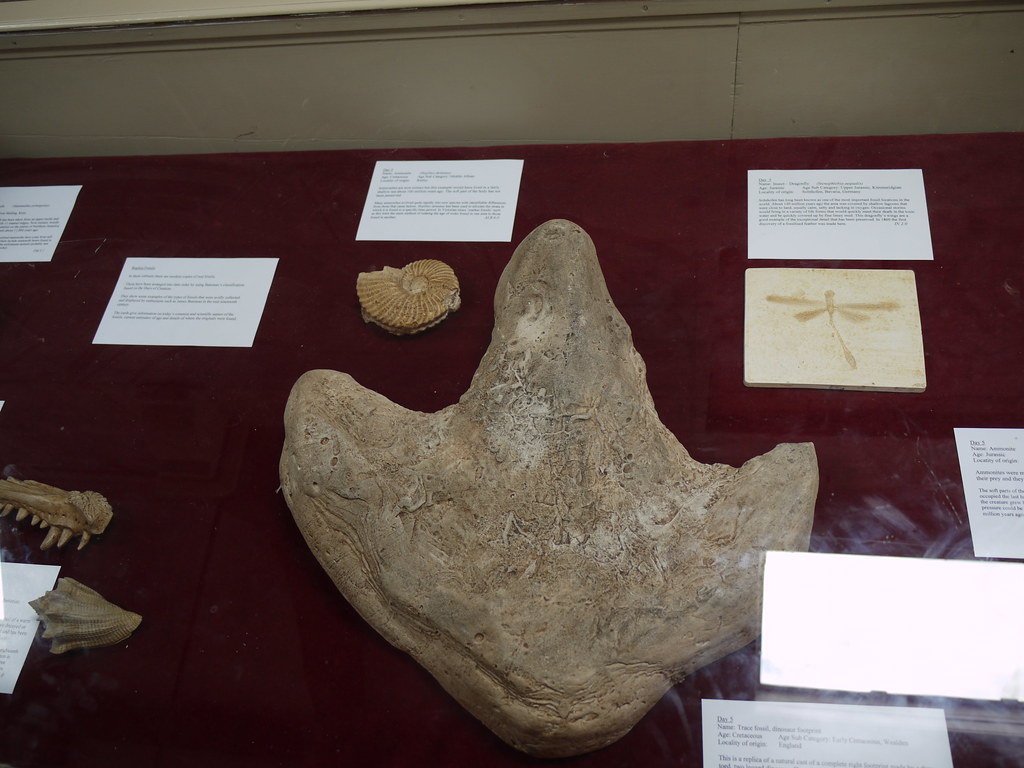
The tracks were also quickly covered, likely by a storm, protecting them from erosion caused by wind, water or other animals, according to Edgar. These prehistoric storms became unwitting conservators, rapidly burying fresh impressions before they could be destroyed by weather or other creatures.
The hot sun baked the footprints, and a storm quickly blew in, dragging in a wave of mud that buried the footprints. This sequence created a natural time capsule that would endure for millions of years. The irony is striking that the same forces capable of destroying evidence of ancient life could also become its greatest protectors.
Reading the Ancient Language of Movement
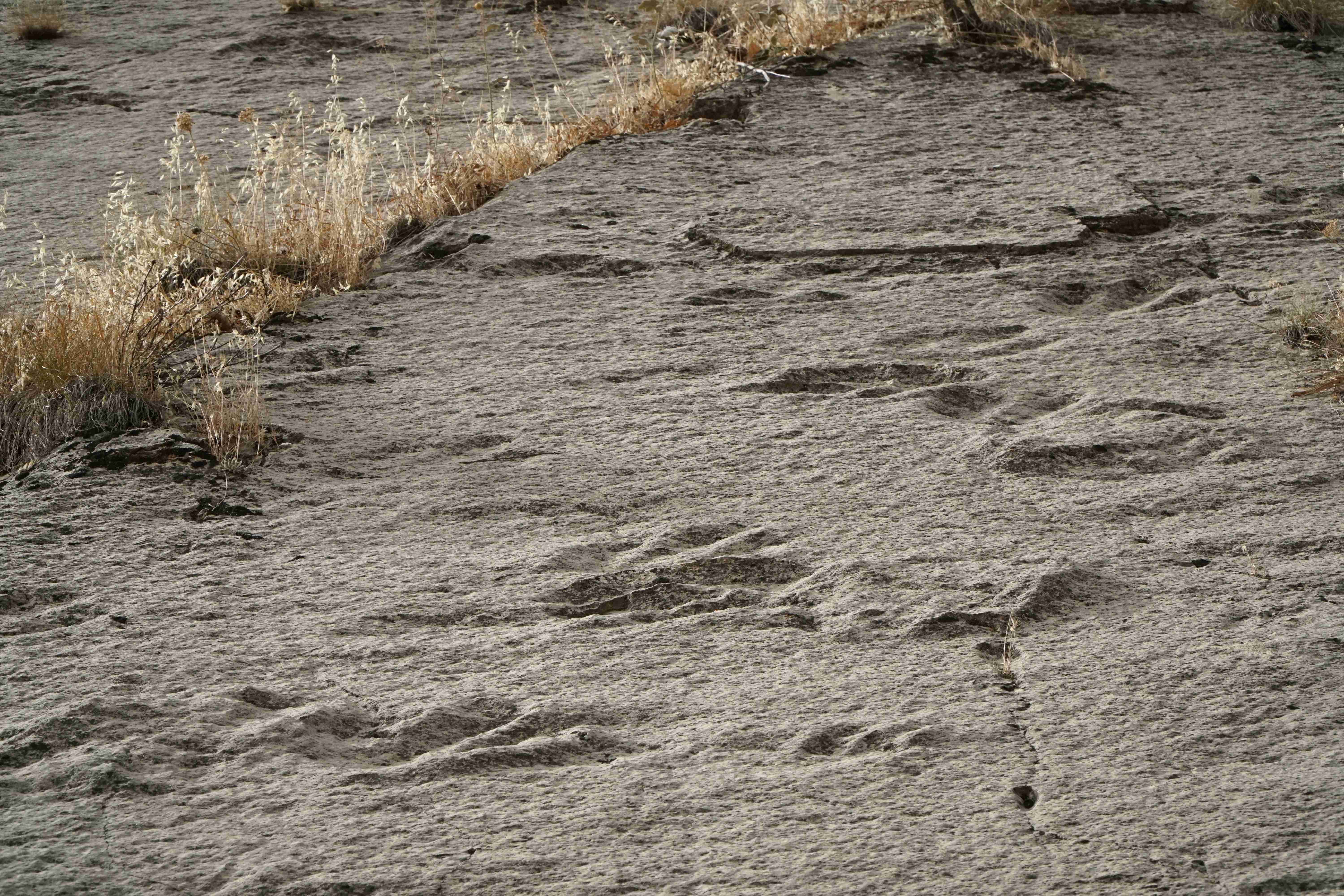
Over the years, many ichnites have been found, around the world, giving important clues about the behaviour (and foot structure and stride) of the animals that made them. For instance, multiple ichnites of a single species, close together, suggest ‘herd’ or ‘pack’ behaviour of that species. Combinations of footprints of different species provide clues about the interactions of those species.
Dinosaur tracks provide a snapshot of when these animals roamed across our planet. They are direct evidence of how an individual was behaving at a specific moment in time. Think of these tracks as prehistoric security camera footage, capturing behaviors that no other fossil evidence can provide. Each impression tells a story of speed, size, and social interaction that bones alone could never reveal.
Ancient Highways Carved in Time

Scientists have unearthed nearly 200 dinosaur footprints, dating back 166 million years to the Middle Jurassic Period, at Dewars Farm Quarry in Oxfordshire, England. The remarkable find, first spied in 2023 when quarry worker Gary Johnson sensed “unusual bumps” on the ground while extracting limestone for road construction, has been nicknamed the “dinosaur highway” as a nod to the extensive pathways left by these prehistoric creatures.
In 2024 at nearby Dewars Farm Quarry, five new extensive Middle Jurassic trackways dating back about 166 Ma were discovered, with evidence of more in the neighbourhood. The longest continuous trackway measured more than 150 metres. Four of the trackways were made by large sauropods, most likely again Cetiosaurus. These ancient highways stretched for hundreds of meters, suggesting that certain routes were repeatedly used by massive creatures weighing tons.
Storms as Prehistoric Time Keepers
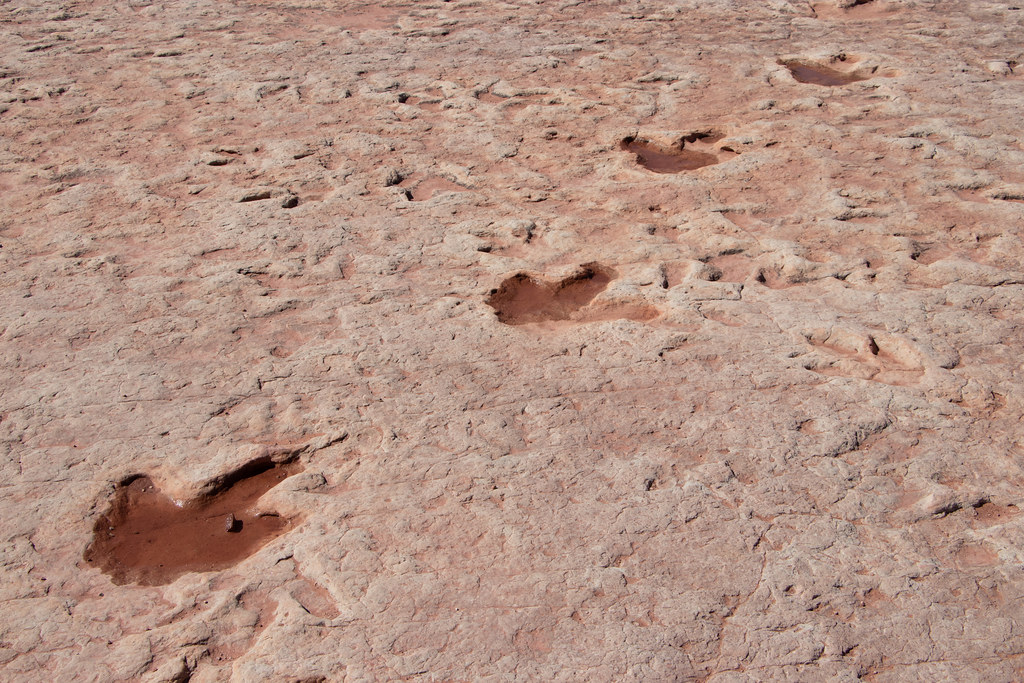
After the northbound trip, the mammoth and giant sloth stepped across the fresh trackway, while the human’s southbound prints cut into those of the animals. This overlay shows that all the prints were set down within a few hours before the mud completely dried. This remarkable sequence demonstrates how storms and weather created natural timestamps in the geological record.
After the footprints were made in powdery ash, soft rain cemented the ash layer into tuff, preserving the prints. Even gentle precipitation could play a crucial role in preservation, turning loose volcanic ash into solid rock that would protect these ancient impressions. The timing had to be absolutely perfect for such preservation to occur.
Behavioral Secrets Hidden in Stone
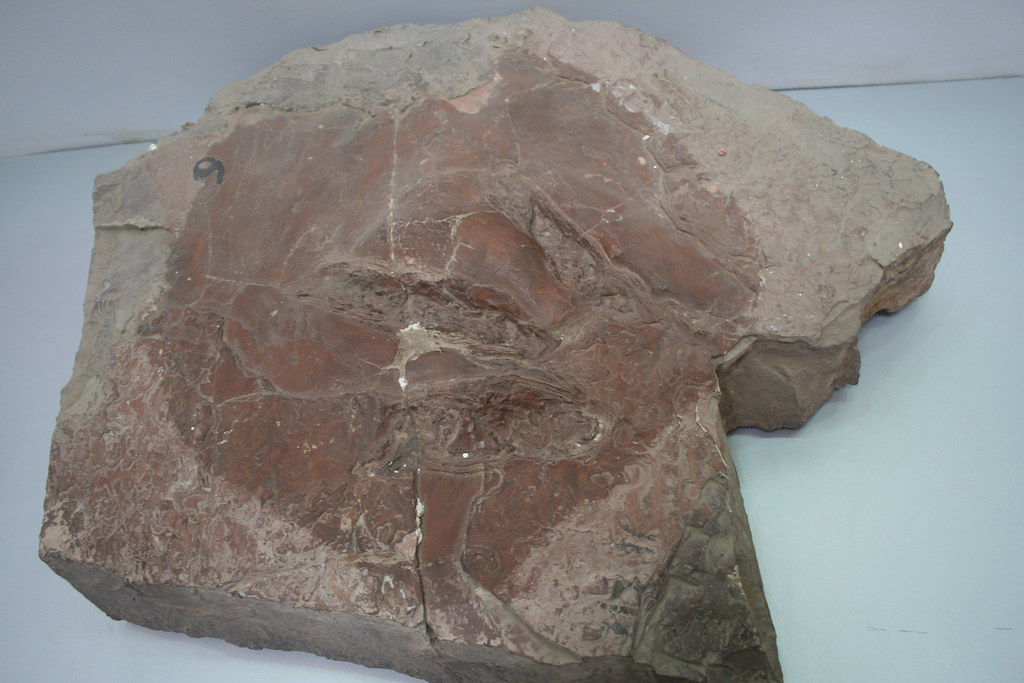
Birds and Invertebrates (50–39 million years ago): Two small bird tracks discovered alongside invertebrate trails and beak marks suggest ancient shorebirds foraged for food in shallow water – behavior strikingly similar to that seen in modern species. These discoveries reveal that some behaviors have remained virtually unchanged for tens of millions of years.
Perhaps most poignant are the preserved footprints of an adult mammoth walking beside a limping juvenile at New Mexico’s White Sands National Park – tracks that show the adult slowing its pace to match the injured young one’s steps. Such evidence demonstrates complex social behaviors and emotional bonds that existed in prehistoric communities, challenging our assumptions about ancient animal intelligence.
When Predators and Prey Danced in Mud
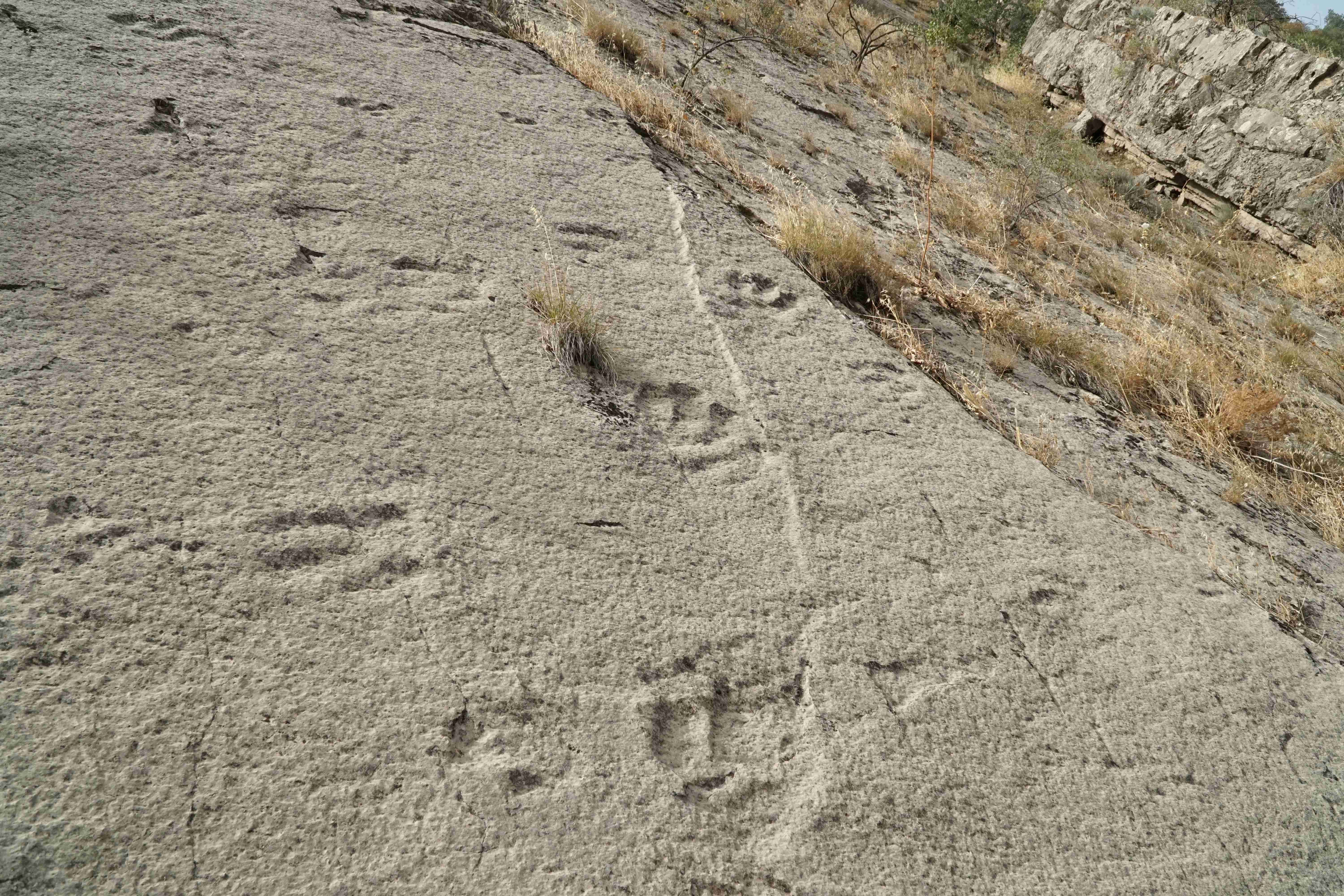
First, one set of prints appears to show human hunters tracking a giant sloth. Variations in the tracks left by the sloth show that it stood on its hind legs and spun around, possibly showing fear, but there is no evidence that the hunt was successful. These trackways preserve dramatic moments of prehistoric life, capturing the eternal dance between predator and prey.
A series of parallel tracks may suggest that animals were moving in a group and could indicate possible herd behaviour. Some experts propose that some trackways with prints made by different types of dinosaurs are evidence of prehistoric chase scenes. However, predator and prey prints in the same place may have been made hours or even weeks apart. The challenge lies in distinguishing between coincidental overlapping and actual interactions.
Human Stories Written in Ancient Mud
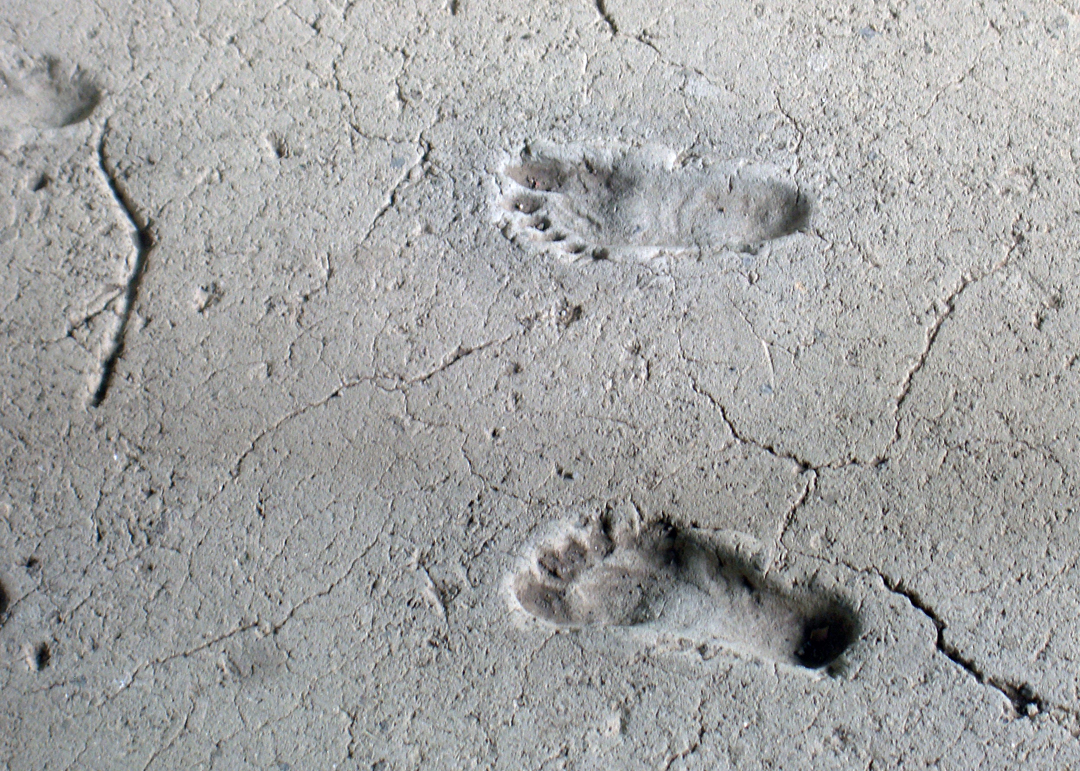
More than 20,000 years ago, a woman or young man – a toddler balanced on one hip – set out on a harried trip northward through what is now White Sands National Park, New Mexico. Rain may have pelted the traveler’s face as their bare feet slid on the mud. They paused to briefly set the toddler on the ground before pressing on; a wooly mammoth and giant sloth ambled across their freshly laid tracks. Several hours later, the traveler followed the same route south, this time empty-handed.
Now, a team of scientists have documented nearly a mile of fossilized footprints from the out-and-back venture – the longest human trackway of its age ever found. This extraordinary journey captures a moment of human drama from over ten thousand years ago, preserved by the very storms and weather that might have made the original journey so challenging.
The Science of Reading Ancient Steps
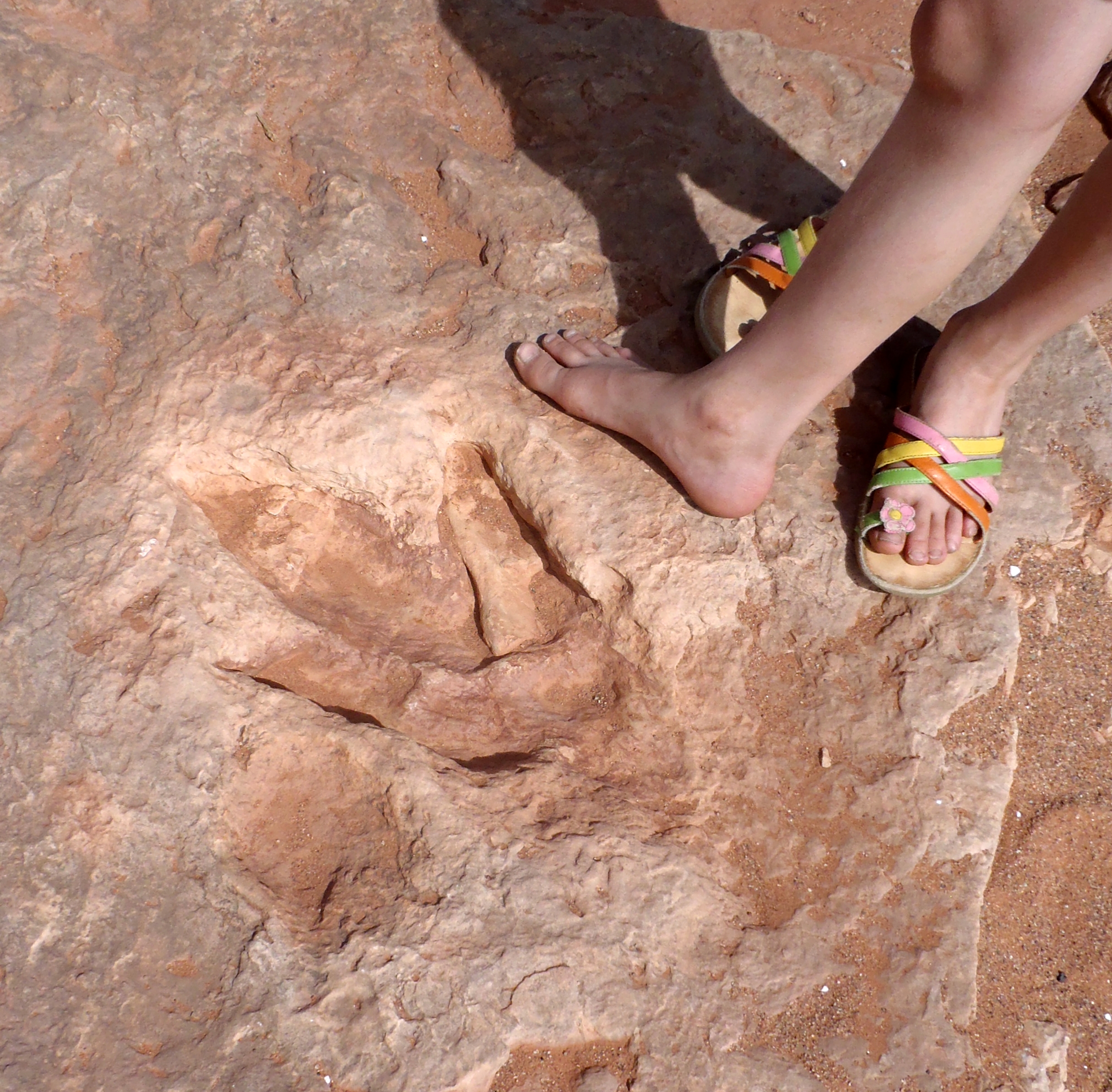
Fossil tracks can tell us many things. They can tell us how animals moved, what shape and how big their feet were, and the length of their steps. Some tracks can also provide clues about animal behavior, such as where they looked for food or whether they congregated in groups.
Bennett utilized photogrammetry, stitching together thousands of photographs to create 3D models of the tracks, several of which had remained in museum storage since the 1980s. “The fossil tracks not only help us confirm the existence of these animals in this time and place, but they also tell us how they lived,” said Bennett. Modern technology now allows scientists to extract information from trackways that would have been impossible to detect just decades ago.
Conclusion: Messages from Deep Time
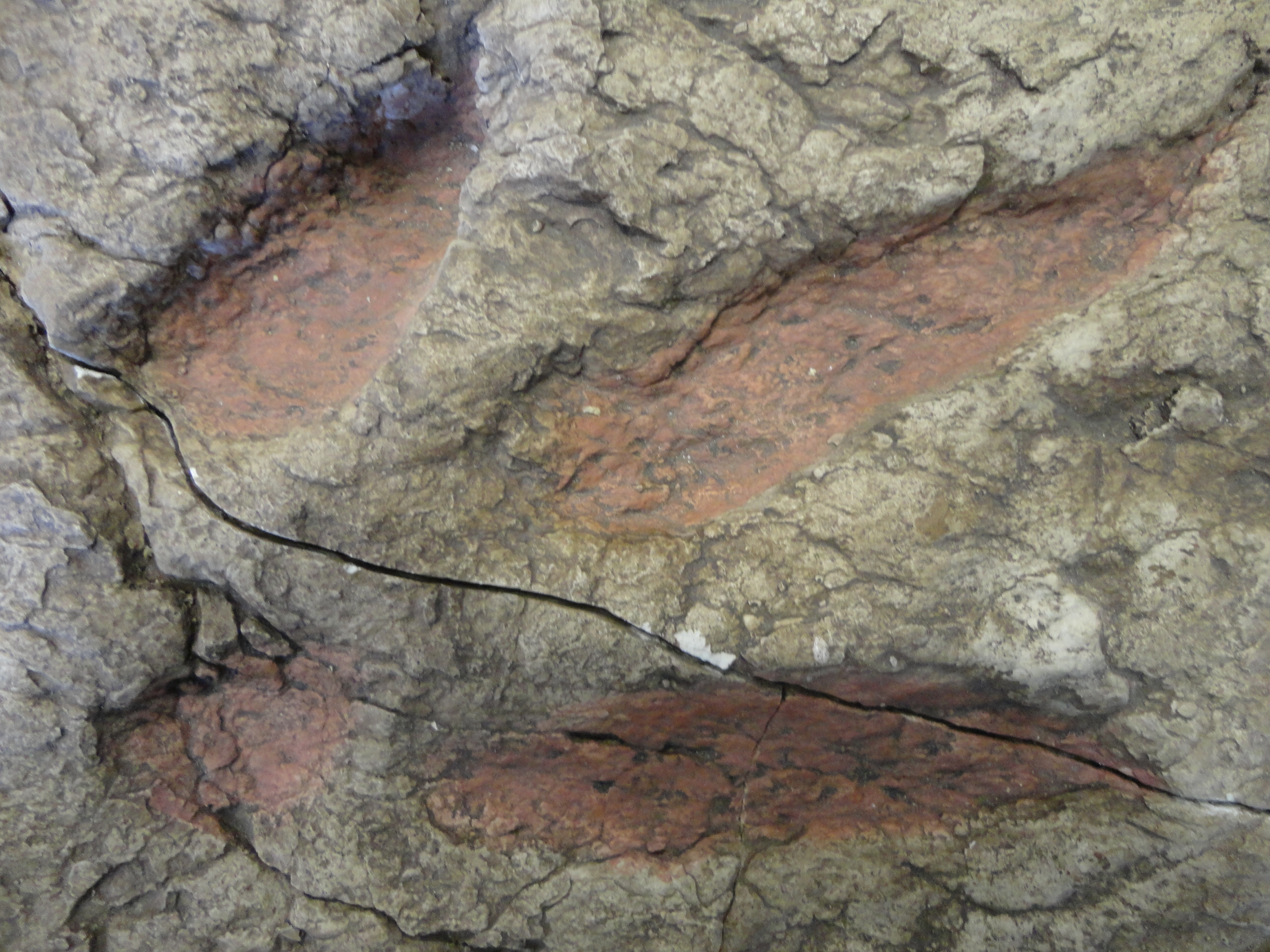
These prehistoric storms that preserved have given us something truly extraordinary: direct connections to moments of ancient life. Unlike the bones and teeth that tell us what creatures looked like, these trackways reveal how they lived, moved, and interacted with their world and each other.
From the gentle probing of a fifty-million-year-old shorebird to the hurried journey of an Ice Age parent carrying a child, these fossilized moments remind us that the fundamental experiences of life, survival, and connection span across deep time. The storms that once threatened these ancient travelers ultimately became their eternal storytellers, preserving their steps for us to discover millions of years later.
What stories might your own footprints tell if they were preserved for future civilizations to find? The next time you walk across muddy ground during a storm, remember that you too are part of this ongoing dance between life and time.

